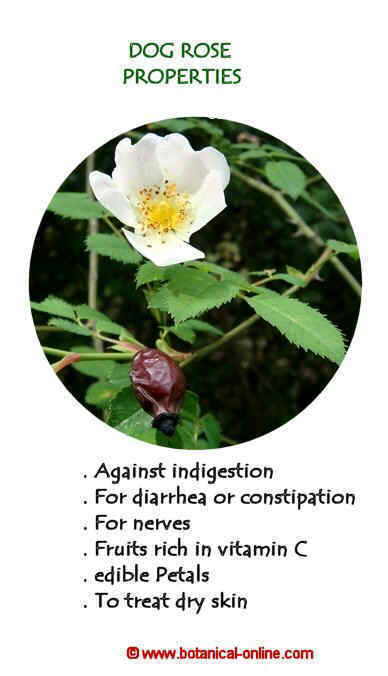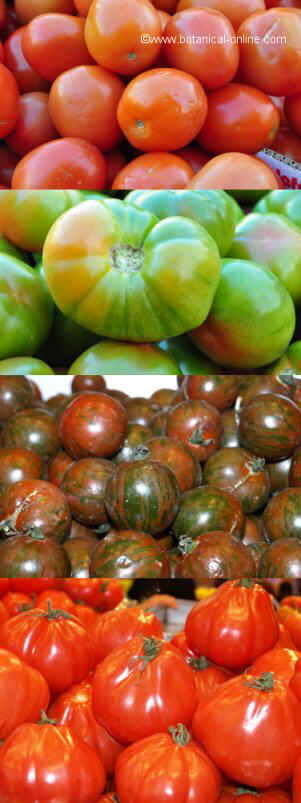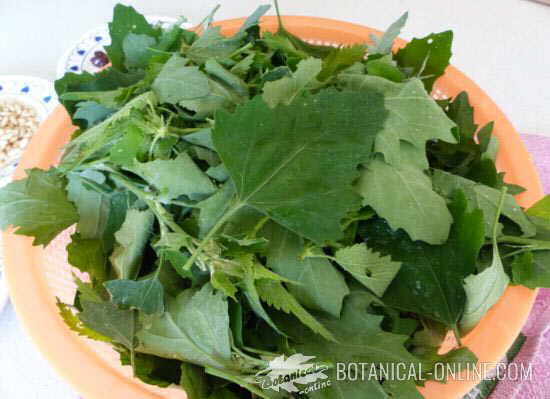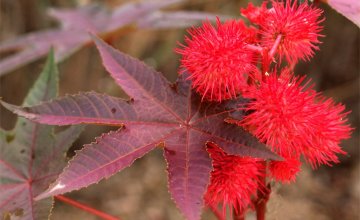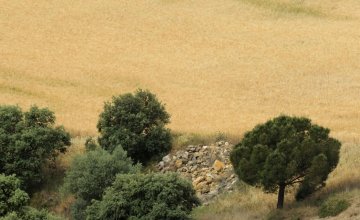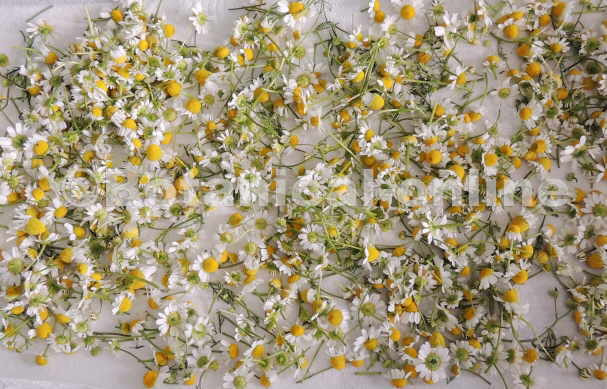Contents
HOW TO GROW AGRIMONY
Agrimony, plant
![]()
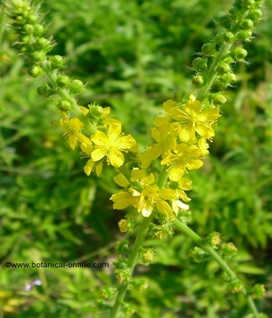
Perennial deciduous herb of the rose family – Rosaceae. Erect, up to 1 m high, arising from a rhizomatous root, large, thick, fibrous, dark brown and with astringent taste. Plant bright green, with a slight aromatic lemon scent.
Stem single or in pairs, cylindrical, hair covered, ending with a spike of flowers with five yellow petals and five rounded sepals. At the base of each flower a bract with three segments appears.
The flower spike of the liverwort recalls the shape of the steeple of a church, hence, in English, it is known as “church steeples”.
The flowers are rich in pollen and are visited by numerous insects, especially bees and flies.
Basal leaves numerous, pinnately compound, 5 to 7 leaflets with serrated margins. Caulinar leaves less abundant, smaller and less divided.
The leaves of agrimony are highly desired by the caterpillars of butterflies.
How are agrymony fruits dispersed?
When the flowers mature, they produce dry fruits, which are included in a kind of cup with hooked edges that attach to the animal fur or people clothing. In this way, the plant can disperse its seeds far from the mother plant to grow in a different spot.
It is the ability these structures have to hook the reason why in English it is known as “Stickwort”

Agrimony, watering
Regular. Not very abundant in winter. It tolerates a little dryness, but it prefers a moist soil in the growing season.
Agrimony, uses
For clumps in sunny gardens, as a medicinal plant, as a dyeing and tanning plant. (For more information see Agrimony characteristics in the listing below)
![]()
Agrimony, environment and exposure
Agrimony prefers sunny environments but it tolerates exposure to partial shade. It is resistant to cold.
![]()
Agrimony, soil and fertilizer
Although it can live in most soils, it prefers calcareous soils, light and with a little sand.
![]()
Agrimony, reproduction
Agrimony self-reproduces very easily, so that, when we have a flower bed, it is easy to see how new plants are born. However, if we want to plant it with more precision at a given place, can use one of the following two methods:
- Reproduction by seeds: The easiest way to reproduce it is by seeds in spring or autumn. In cold places, it is best planted in sheltered seedlings inside. When the seedlings can be handled and the temperature outside has improved (back in the late spring or early summer) they must be transplanted into their final place.
In temperate sites they can be planted directly in its final location.
- Reproduction by division: from the “suckers” which arise from the mother plant. This will take place in autumn. We will separate them from mother plant and plant it in its proper place.
![]() More information on agrimony.
More information on agrimony.

